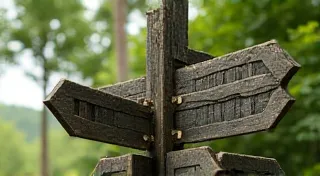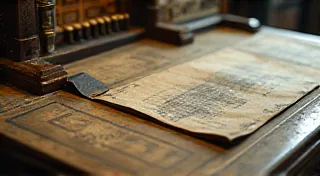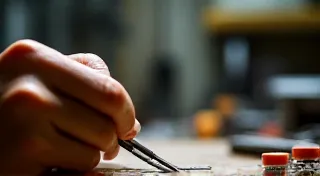Echoes in the Metal: How Sewing Feet Speak of Forgotten Hands
Hold a vintage sewing machine foot in your palm. Feel the weight, the coldness of the metal, the subtle textures worn smooth by decades of use. It's more than just a tool; it’s a tiny, tangible link to a vanished world. These diminutive artifacts, often overlooked in the grand narrative of history, possess a quiet power – the power to whisper stories of the hands that guided them, the garments they helped create, and the lives interwoven with their purpose. For those of us drawn to collecting antique sewing machine feet, we’re not merely amassing objects; we're preserving fragments of a legacy.
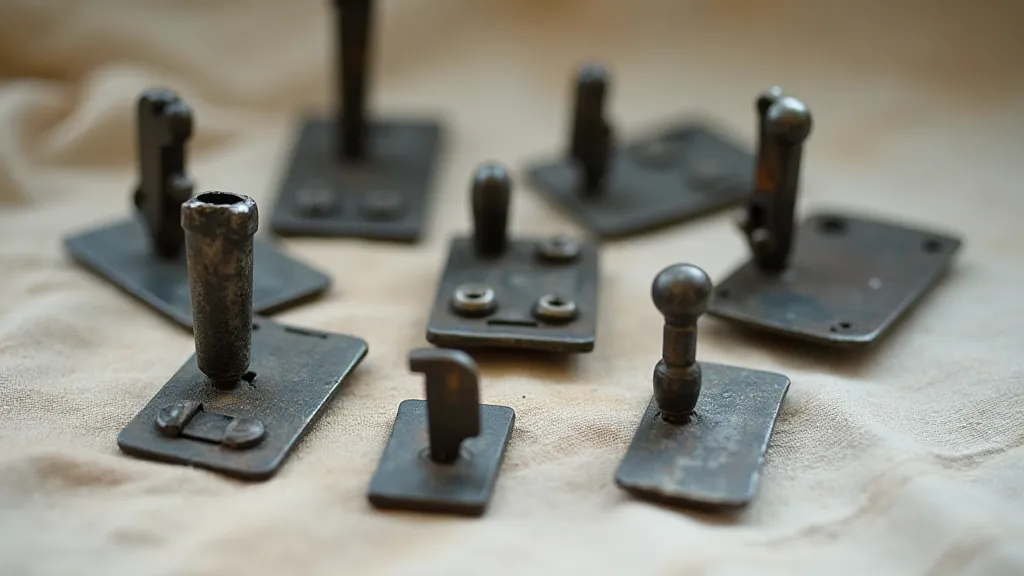
The Humble Foot: A History of Innovation
The evolution of the sewing machine foot is intricately tied to the broader advancements in sewing machine technology itself. Early machines, like Elias Howe’s groundbreaking design of 1846, employed rudimentary, often interchangeable feet – largely just flat pieces of metal designed to guide the fabric. These were functional, certainly, but offered little in the way of specialized application. The standardization of feet didn’t truly begin until the late 19th and early 20th centuries, coinciding with the rise of mass-produced sewing machines and the burgeoning garment industry.
Consider the Singer Manufacturing Company, a pivotal force in shaping the sewing machine’s accessibility and affordability. Their early feet were simple, utilitarian designs – often numbered for identification. As Singer introduced new machine models and adapted to evolving consumer needs, so too did their foot offerings expand. Darning feet appeared, allowing for mending and decorative stitching. Buttonhole feet streamlined a notoriously difficult process. Ruffle feet, gathering feet – each addressed a specific need in the ever-changing landscape of garment construction.
More Than Metal: Craftsmanship and Detail
Examine a vintage sewing machine foot closely. You’ll notice a level of craftsmanship rarely seen in modern, mass-produced items. The precision of the machining, the delicate curves of the edges, the subtle variations in the metal’s finish – these are testaments to the skill of the artisans who created them. Many feet bear maker’s marks or patent dates, providing invaluable clues to their provenance and age. These small details transform a simple tool into a miniature work of art.
I recall finding a particularly beautiful Pfaff foot at an estate sale a few years ago. It was a simple straight stitch foot, but the craftsmanship was exceptional. The point was perfectly formed, the shank was precisely machined, and the metal exhibited a warmth that only age and careful use could impart. It felt substantial in my hand, a direct connection to the seamstress who had likely used it daily for years. This isn't just about collecting; it's about connecting with the human effort and artistry embedded within the object.
Different manufacturers employed different materials and techniques. Early feet were often made of blued steel, known for its durability and resistance to rust. Later, nickel-plated feet became popular, offering a brighter, more decorative finish. The subtle differences in these finishes can be critical in determining a foot’s age and manufacturer.
The Social Fabric: Footprints of Industry
Beyond the mechanical and aesthetic qualities, vintage sewing machine feet offer a poignant window into the social context of their creation and use. In the late 19th and early 20th centuries, sewing machines were often found in homes, factories, and dressmaking workshops. They were essential tools for women, who often relied on sewing for their livelihood. These feet, therefore, represent a vital part of a woman's working life, a silent witness to her struggles and triumphs.
Think of the countless hours spent hunched over a sewing machine, painstakingly crafting garments for families, for businesses, or simply for personal expression. Each stitch, each seam, was a testament to skill and perseverance. These humble feet were instrumental in those efforts, and their presence evokes a profound sense of connection to those generations past.
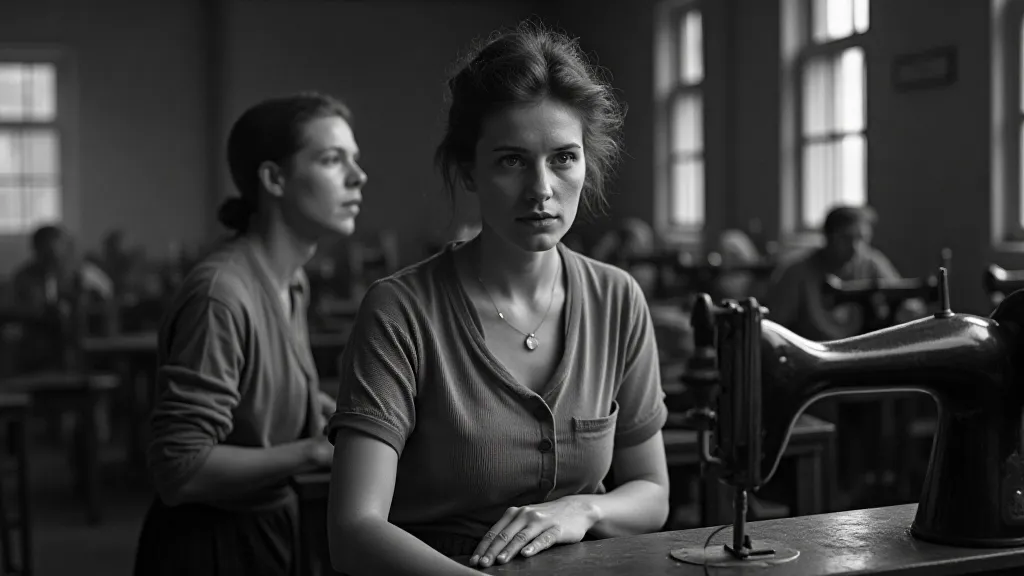
Collecting with Care: Ethical Considerations
As with any collecting endeavor, ethical considerations are paramount when dealing with vintage sewing machine feet. Many of these items are intrinsically linked to the history of labor and the often-challenging conditions faced by garment workers. It’s important to approach collecting with a respect for that history and to avoid contributing to the exploitation of those who created these objects.
Furthermore, be mindful of the origin of the items you acquire. Whenever possible, support reputable dealers who are committed to ethical sourcing. If you’re purchasing from an auction or estate sale, inquire about the provenance of the items and avoid purchasing anything that appears to have been acquired through questionable means.
Preservation and Restoration
Proper preservation is key to ensuring that these artifacts survive for future generations. Avoid harsh cleaning methods, as they can damage the metal’s finish and erode its historical integrity. Gentle cleaning with a soft cloth and mild soap is usually sufficient. Avoid using abrasive cleaners or solvents.
Restoration should be undertaken with caution and only by those with experience. Replacing a foot’s shank or foot itself can significantly diminish its historical value. If restoration is deemed necessary, prioritize preserving as much of the original material as possible.
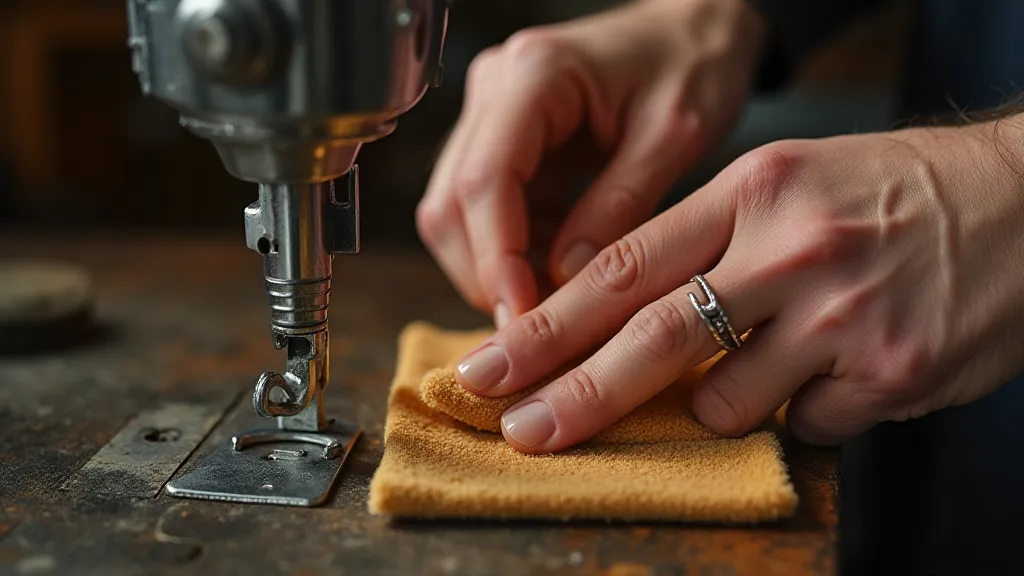
A Legacy in Miniature
Vintage sewing machine feet are more than just pieces of metal; they are tangible links to a bygone era. They are echoes of forgotten hands, whispers of the lives intertwined with their purpose. By collecting, preserving, and appreciating these humble artifacts, we honor the craftsmanship, the ingenuity, and the resilience of those who came before us. They remind us that even the smallest objects can hold profound stories, and that the past is always within reach, waiting to be rediscovered.
